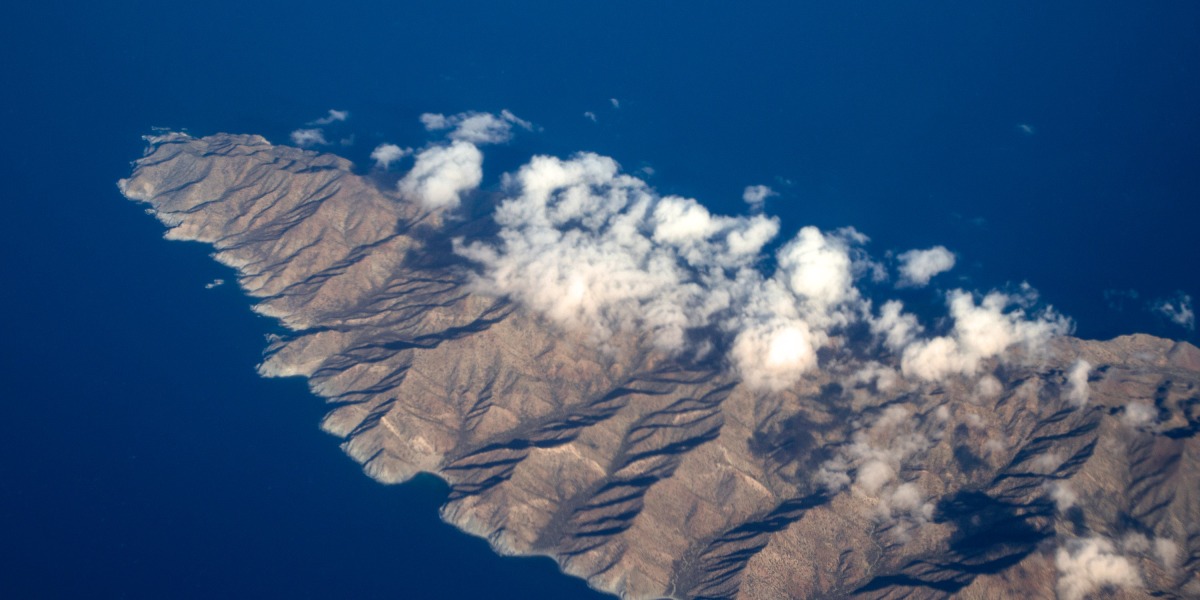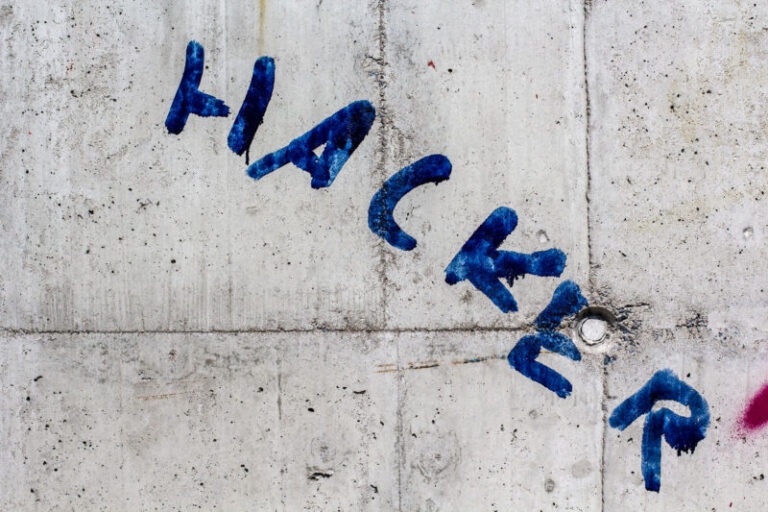
“Solar geoengineering could substantially offset global temperature rise and potentially offset serious secondary impacts, such as reduction in crop yields and increased frequency and intensity of hurricanes and typhoons,” wrote Holly Buck, the author of After Geoengineering: Climate Tragedy, Repair, and Restoration, in an MIT Technology Review op-ed arguing against the ban last year. “We don’t know everything about what it would do. But there is a strong humanitarian case for learning more.”
Many also believe it’s inevitable that some nation or actor will carry it out regardless of the risks or the lack of an international consensus, given that it’s relatively cheap and easy to spray materials into the stratosphere. For this reason, some say it’s better to do research that could highlight the safest, most effective means of doing geoengineering or identify serious dangers before someone carries out large-scale releases.
“The need to understand the possibilities, limitations, and potential side effects of climate intervention becomes all the more apparent with the recognition that other countries or the private sector may decide to conduct intervention experiments independently from the U.S. Government,” wrote the authors of a 2017 report in which the US Global Change Research Program, which guides federally supported climate research, recommended geoengineering studies for the first time.
The main fear scientists articulated to MIT Technology Review is that Make Sunsets’s rudimentary balloon launches and attempts at commercialization will distort the perception of the field among the public and policymakers.
“I think there’s a danger of painting serious scientists and careful experiments with the same brush as some dude that released some weather balloon and tried to make a buck off of it,” says Peter Irvine, a lecturer in climate change and solar geoengineering at University College London.
“There are many of us who think seriously studying this idea … is worth doing, because it looks like it has the potential to substantially decrease the risk of climate change,” he adds. “We shouldn’t throw the baby out with the bathwater, and that’s the worry.”
However, Irvine adds that he’s not sure there has been or will be a chilling effect, noting that it’s not clear the government of Mexico had supported geoengineering experiments in the first place. He doubts that this incident alone would prompt the US federal government to backtrack on its plans to establish a research program and guidelines, or dissuade scientists from continuing to explore the field.
‘A deep need’
A moratorium on deploying solar geoengineering is appropriate at this stage because we simply don’t know enough about it to move forward on large scales, says Gernot Wagner, a climate economist at Columbia Business School who has closely studied geoengineering issues. But he stresses that that’s also why it’s crucial to allow for research—to enable scientists to attempt to fill in those unknowns.






